Search
Items tagged with: EarthScience
Permanent ice caps have been quite rare in geological history. This new study suggests that's because you need to right combination of paleogeography (which affects weathering rates), exposed lithology (different rocks draw down more/less CO2 as they weather, and plate tectonic configuration (which affects volcanic degassing), all working in the same direction, to get into an icehouse.

NASA Tests Drones to Provide Micrometeorology, Aid in Fire Response - NASA
In Aug. 2024, a team of NASA researchers and partners gathered in Missoula, to test new drone-based technology for localized forecasting, or micrometeorology.Milan Loiacono (NASA)
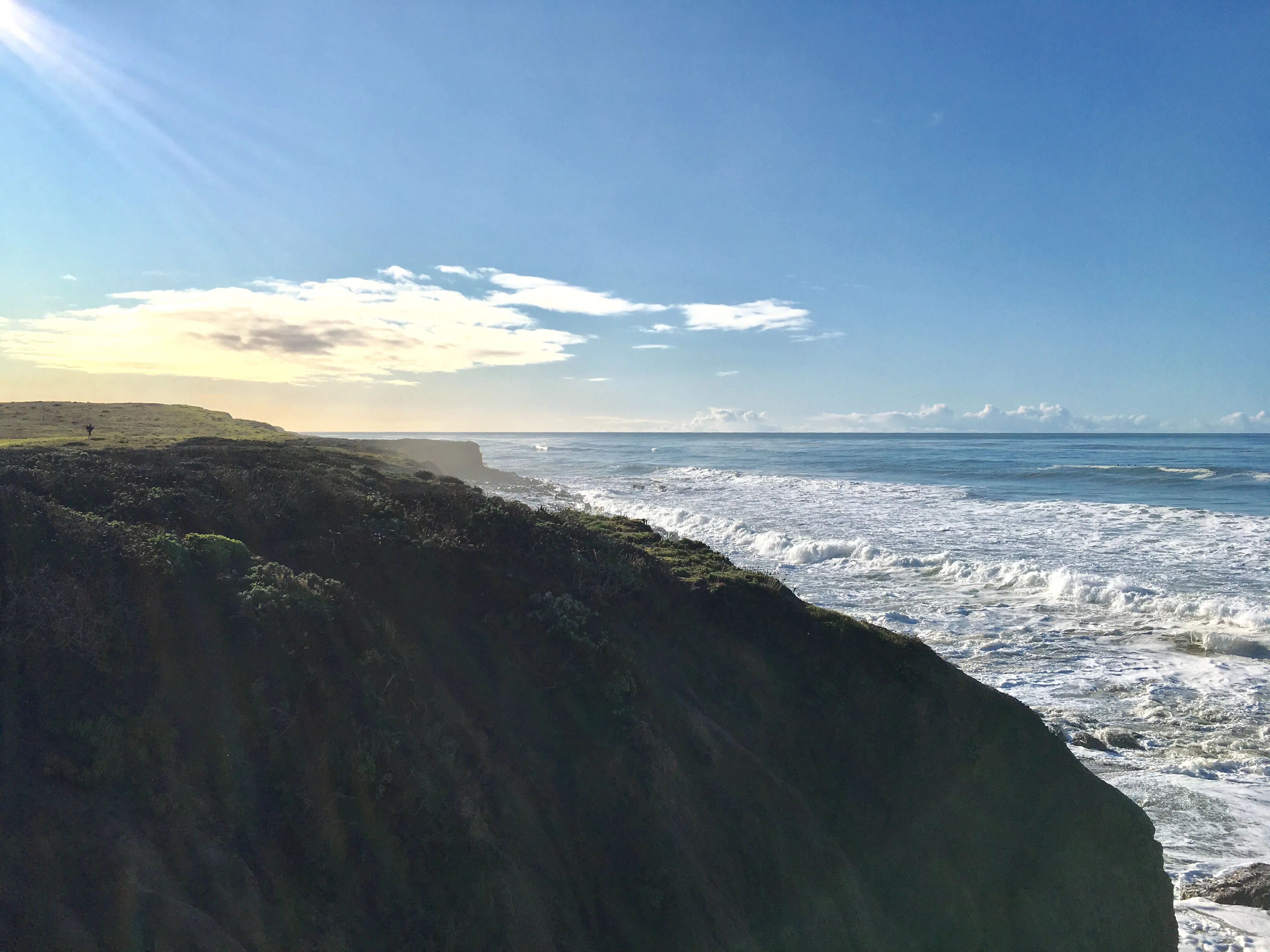
NASA-Led Study Pinpoints Areas Sinking, Rising Along California Coast - NASA
The elevation changes may seem small — amounting to fractions of inches per year — but they can increase or decrease local flood risk, wave exposure, andAnthony Greicius (NASA)

Newly Minted Ph.D. Studies Phytoplankton with NASA’s FjordPhyto Project
FjordPhyto is a collective effort where travelers on tour expedition vessels in Antarctica help scientists at Scripps Institution of Oceanography andNASA Science Editorial Team (NASA Science)

NASA Explores Earth Science with New Navigational System - NASA
NASA’s G-IV aircraft flew its first mission to test this navigational system from NASA’s Armstrong Flight Research Center in Edwards, California, in DecemberDede Dinius (NASA)

NASA’s Cloud-based Confluence Software Helps Hydrologists Study Rivers on a Global Scale
Rivers shape ecosystems and economies, yet hydrologists have limited tools to study them. Enter Confluence—a groundbreaking, open-source framework leveraging NASA's SWOT mission and HLS data to estimate river discharge and sediment levels worldw…NASA Science Editorial Team (NASA Science)

NASA’s Cloud-based Confluence Software Helps Hydrologists Study Rivers on a Global Scale
Rivers shape ecosystems and economies, yet hydrologists have limited tools to study them. Enter Confluence—a groundbreaking, open-source framework leveraging NASA's SWOT mission and HLS data to estimate river discharge and sediment levels worldw…NASA Science Editorial Team (NASA Science)

NASA Radar Imagery Reveals Details About Los Angeles-Area Landslides - NASA
Analysis of data from NASA radar aboard an airplane shows that the decades-old active landslide area on the Palos Verdes Peninsula has expanded.Naomi Hartono (NASA)

How New NASA, India Earth Satellite NISAR Will See Earth - NASA
Set to launch within a few months, NISAR will use a technique called synthetic aperture radar to produce incredibly detailed maps of surface change on ourNaomi Hartono (NASA)

Station Science Top News: Jan. 10, 2025 - NASA
Measurements from space support wildfire risk predictionsSumer Loggins (NASA)
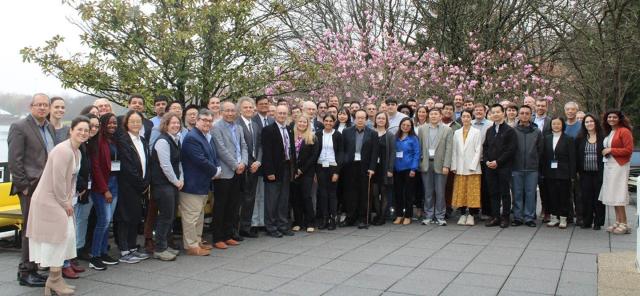
Summary of the 2024 NASA LCLUC Science Team Meeting - NASA Science
Introduction The 2024 NASA Land-Cover and Land-Use Change (LCLUC) Science Team Meeting (STM) took place from April 2–4, 2024 at the Marriott Washingtonian Center in Gaithersburg, MD. During the meeting, 75 people attended in-person.science.nasa.gov
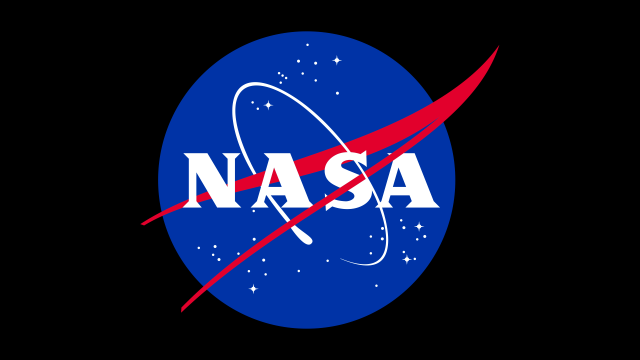
AMS Hyperwall Schedule - NASA Science
NASA Science at AMS Hyperwall Schedule, January 13-16, 2025 Join NASA in the Exhibit Hall (Booth #401) for Hyperwall Storytelling by NASA experts. Full Hyperwall Agenda below.science.nasa.gov
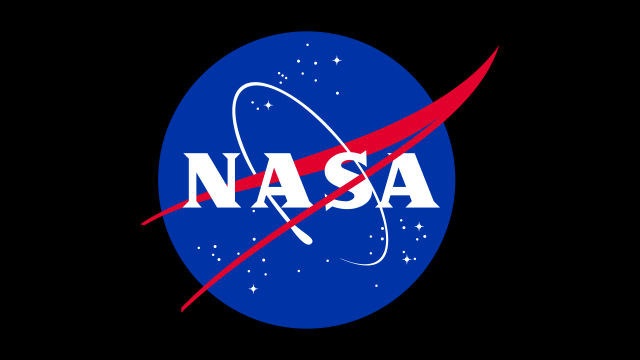
AMS Hyperwall Schedule - NASA Science
NASA Science at AMS Hyperwall Schedule, January 13-16, 2025 Join NASA in the Exhibit Hall (Booth #401) for Hyperwall Storytelling by NASA experts. Full Hyperwall Agenda below.science.nasa.gov

AAS Hyperwall Schedule - NASA Science
NASA Science at AAS Hyperwall Schedule, January 12-16, 2025 Join NASA in the Exhibit Hall (Booth #505) for Hyperwall Storytelling by NASA experts. Full Hyperwall Agenda below.science.nasa.gov

How US-Indian NISAR Satellite Will Offer Unique Window on Earth - NASA
A Q&A with the lead U.S. scientist of the mission, which will track changes in everything from wetlands to ice sheets to infrastructure damaged by naturalAnthony Greicius (NASA)
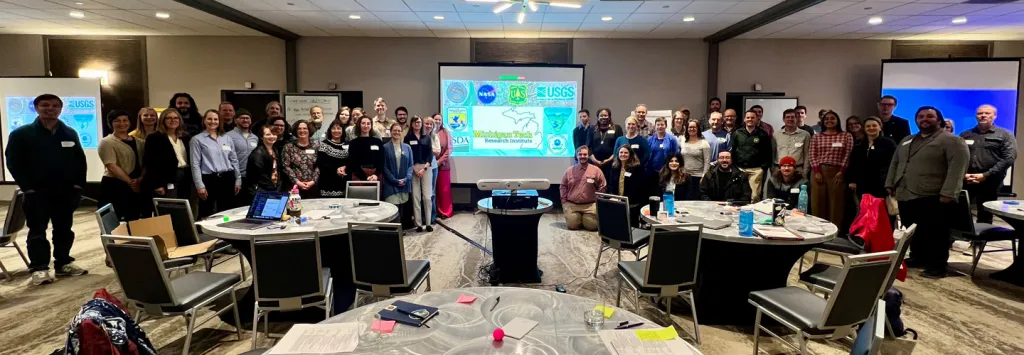
Summary of the Third Annual AEOIP Workshop - NASA Science
Introduction The Applied Earth Observations Innovation Partnership (AEOIP) was established in 2018 to facilitate knowledge coproduction and optimization of NASA Earth observations that can be used by natural resource managers for decision making.science.nasa.gov

2024: NASA Armstrong Prepares for Future Innovative Research Efforts - NASA
NASA’s Armstrong Flight Research Center in Edwards, California, is preparing today for tomorrow’s mission. Supersonic flight, next generation aircraft,Dede Dinius (NASA)

2024: NASA Armstrong Prepares for Future Innovative Research Efforts - NASA
NASA’s Armstrong Flight Research Center in Edwards, California, is preparing today for tomorrow’s mission. Supersonic flight, next generation aircraft,Dede Dinius (NASA)

Fresh Eyes on Ice Project Wins Award - NASA Science
Congratulations to the Fresh Eyes on Ice project, which received a C. Peter Magrath exemplary project award from the Association of Public and Land-grant Universities! The award recognizes programs that demonstrate how colleges and universities have …science.nasa.gov

NASA’s C-20A Studies Extreme Weather Events - NASA
On a changing planet, where phenomena like severe hurricanes, landslides, and wildfires are becoming more severe, scientists need data to assess and modelDede Dinius (NASA)

2024 AGU Fall Meeting Hyperwall Schedule - NASA Science
NASA Science at AGU Fall Meeting Hyperwall Schedule, December 9-12, 2024 Join NASA in the Exhibit Hall (Booth #719) for Hyperwall Storytelling by NASA experts. Full Hyperwall Agenda below.science.nasa.gov
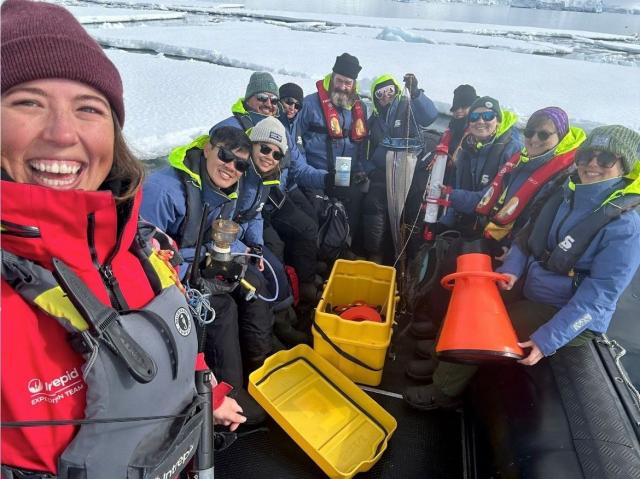
This Thanksgiving, We’re Grateful for NASA’s Amateur Scientists! - NASA Science
This year, we’re giving thanks to you for Doing NASA Science! You and the millions of other volunteers have enabled an incredible banquet of discoveries—by taking data, analyzing data, writing code, writing papers, and even inventing your own science…science.nasa.gov
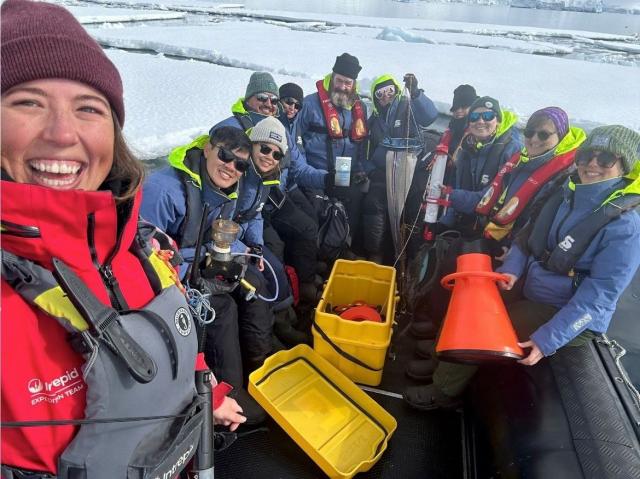
This Thanksgiving, We’re Grateful for NASA’s Amateur Scientists! - NASA Science
This year, we’re giving thanks to you for Doing NASA Science! You and the millions of other volunteers have enabled an incredible banquet of discoveries—by taking data, analyzing data, writing code, writing papers, and even inventing your own science…science.nasa.gov
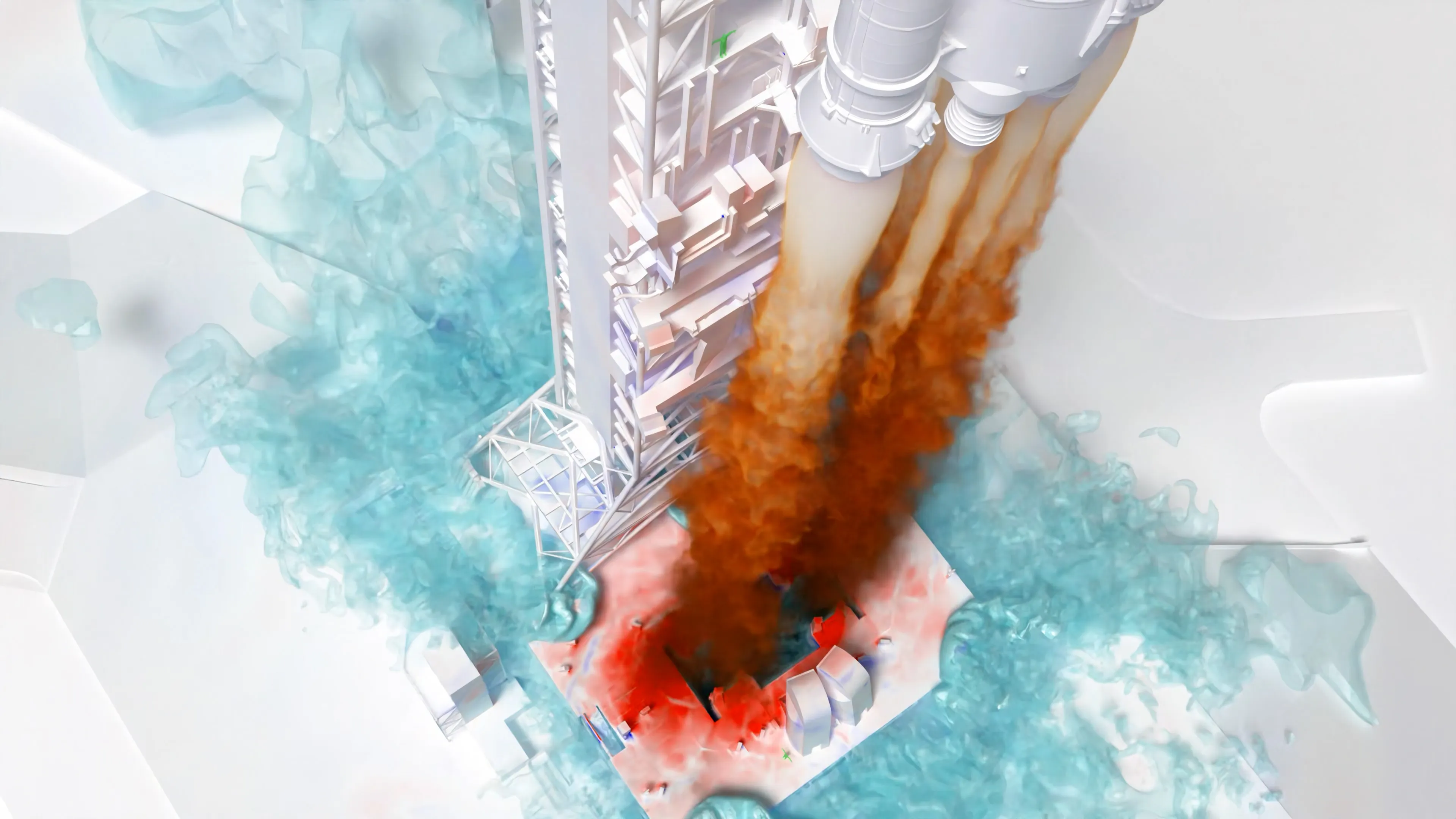
Six Ways Supercomputing Advances Our Understanding of the Universe - NASA
These projects are just a sample of the many on display in NASA’s exhibit during the International Conference for High Performance Computing, Networking,Abby Tabor (NASA)
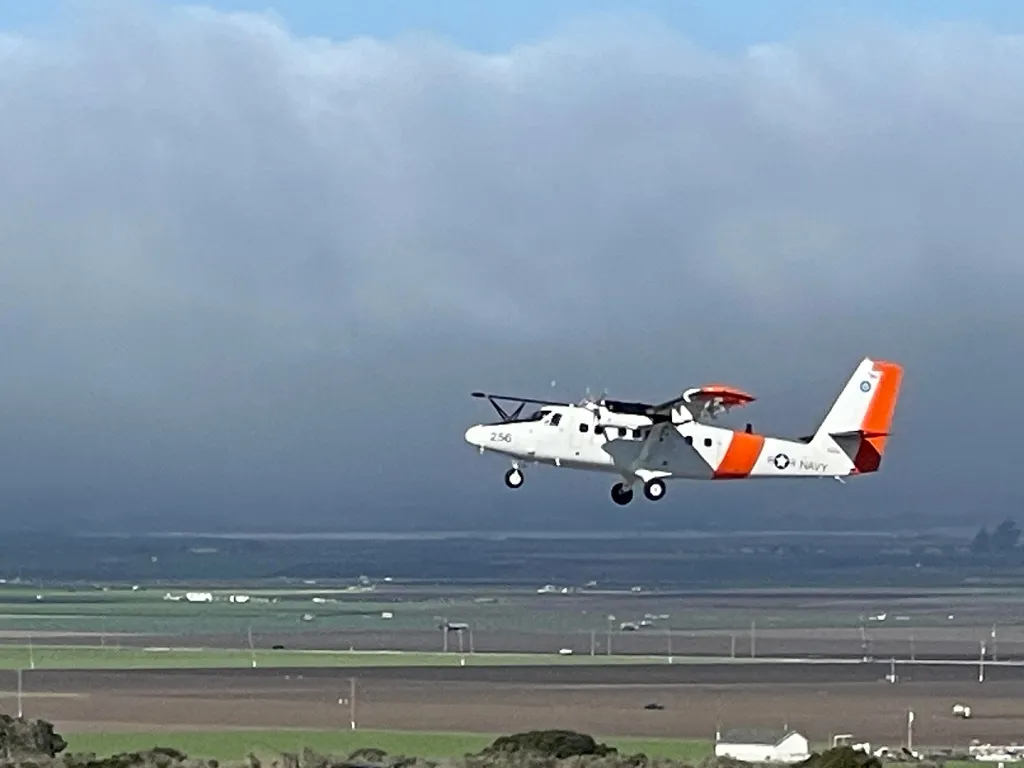
Updates on NASA Field Campaigns - NASA Science
Snippets from The Earth Observer’s Editor’s Corner PACE-PAX PACE–PAX had as its primary objective to gather data to validate measurements from NASA’s PACE mission.science.nasa.gov
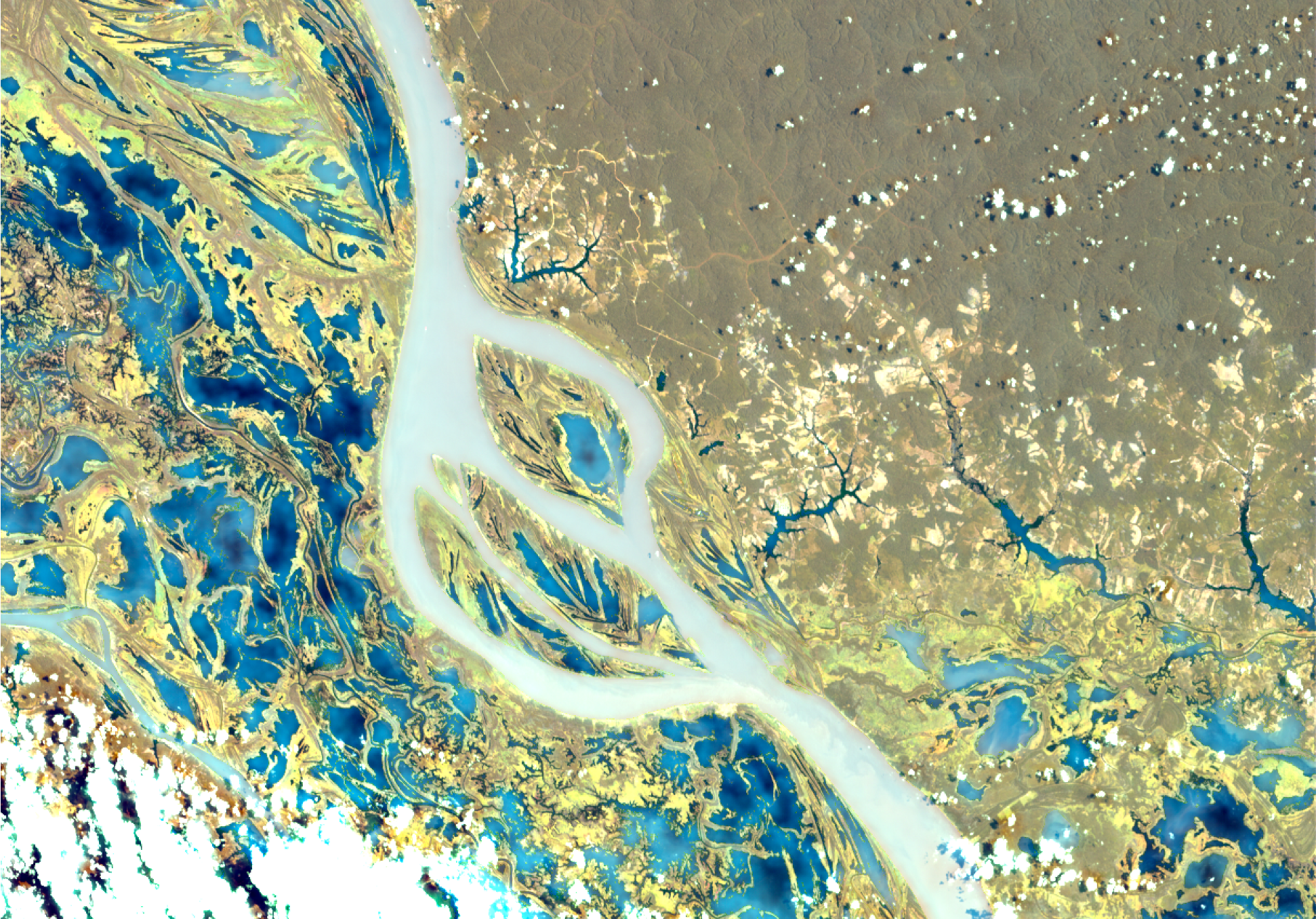
NASA’s EMIT Will Explore Diverse Science Questions on Extended Mission - NASA
The imaging spectrometer measures the colors of light reflected from Earth’s surface to study fields such as agriculture, hydrology, and climate science.Anthony Greicius (NASA)
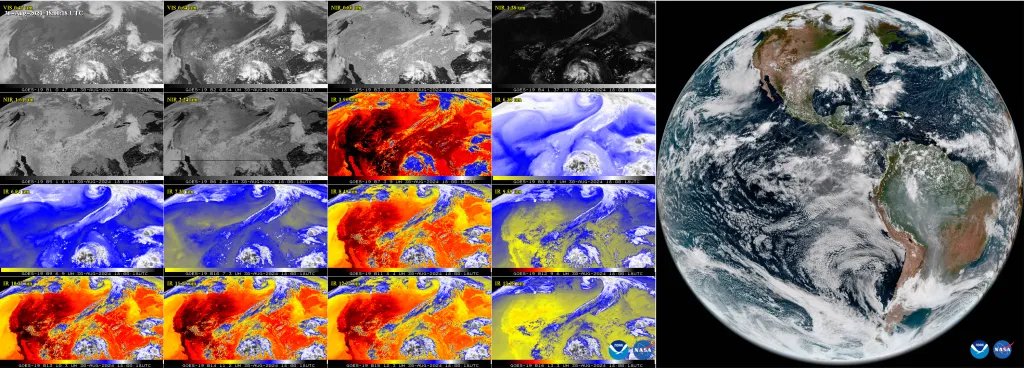
The Earth Observer Editor’s Corner: Fall 2024 - NASA Science
On September 18, 2024, the National Oceanic and Atmospheric Administration (NOAA) shared the first images of the Western Hemisphere from the GOES-19 satellite, its newest geostationary satellite launched on June 25, 2024 onboard a Falcon Heavy rocket…science.nasa.gov
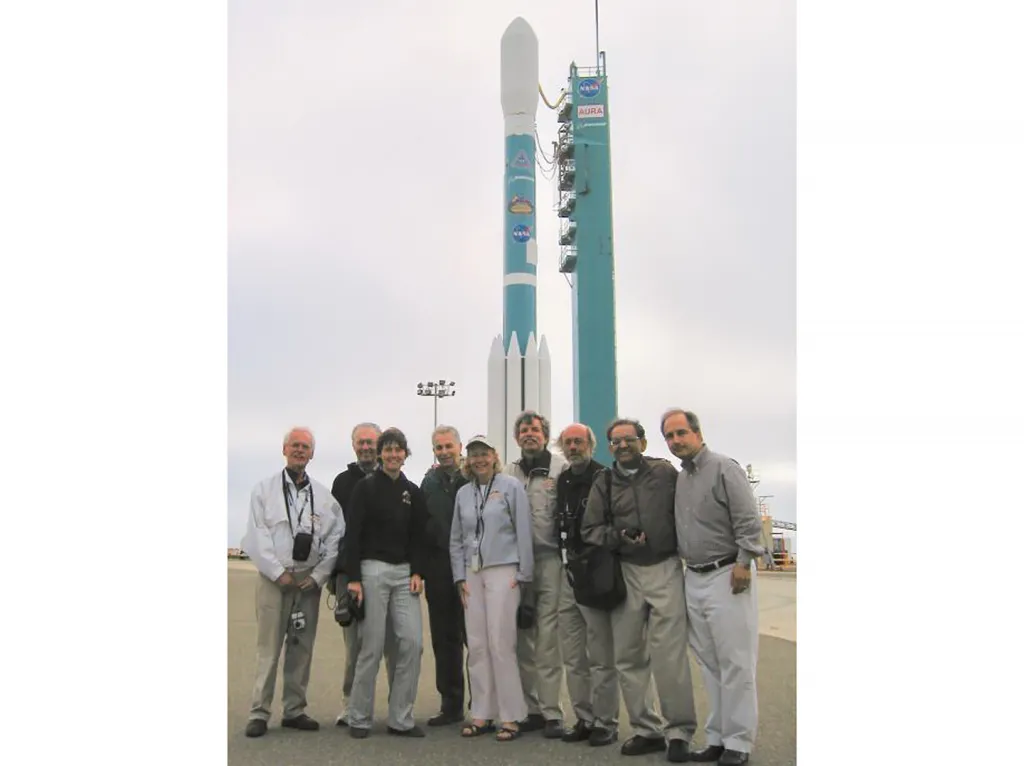
Summary of Aura 20th Anniversary Event - NASA Science
Snippets from The Earth Observer’s Editor’s Corner The last of NASA’s three EOS Flagships – Aura – marked 20 years in orbit on July 15, 2024, with a celebration on September 18, 2024, at the Goddard Space Flight Center’s (GSFC) Recreational Center.science.nasa.gov
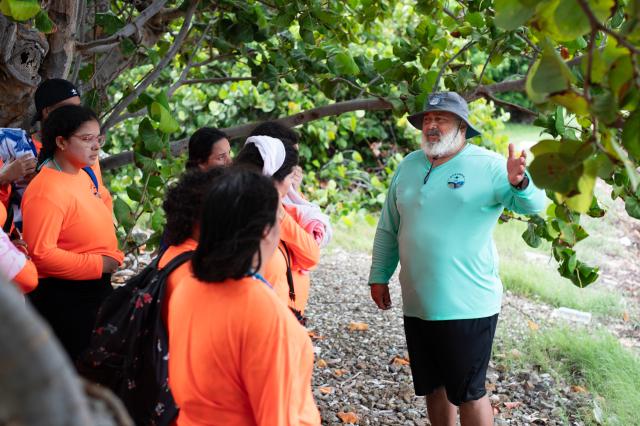
Entrevista con Instructor de OCEANOS Samuel Suleiman - NASA
Mi nombre es Samuel Suleiman. Soy director ejecutivo de la Sociedad Ambiente Marino, una organización sin fines de lucro que se dedica a la conservación deMilan Loiacono (NASA)
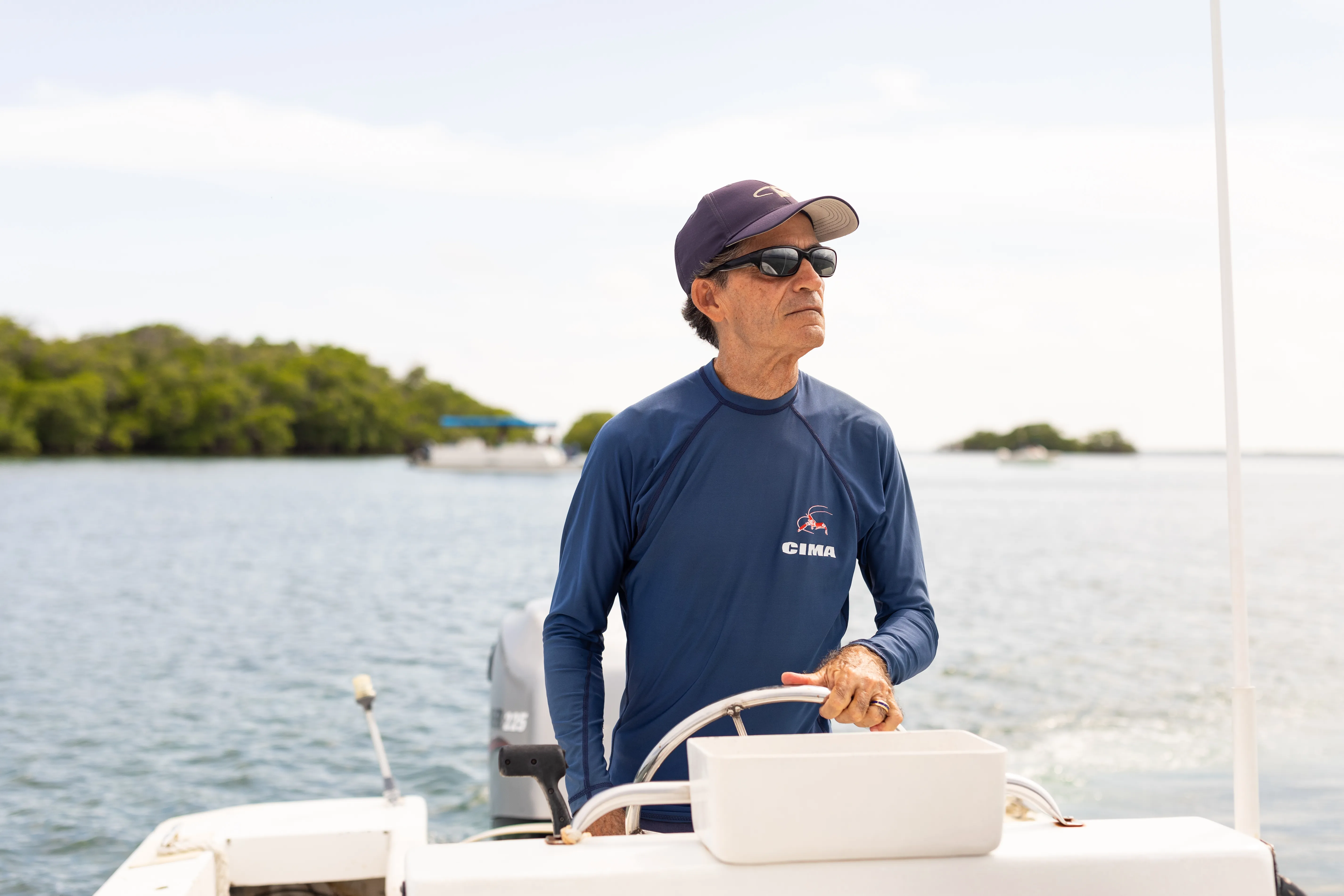
Entrevista con Instructor de OCEANOS Roy Armstrong - NASA
Mi nombre es Roy Armstrong y soy profesor del Colegio de Mayagüez en el Departamento de Ciencias Marinas y en Océanos. Yo soy el investigador principal localMilan Loiacono (NASA)
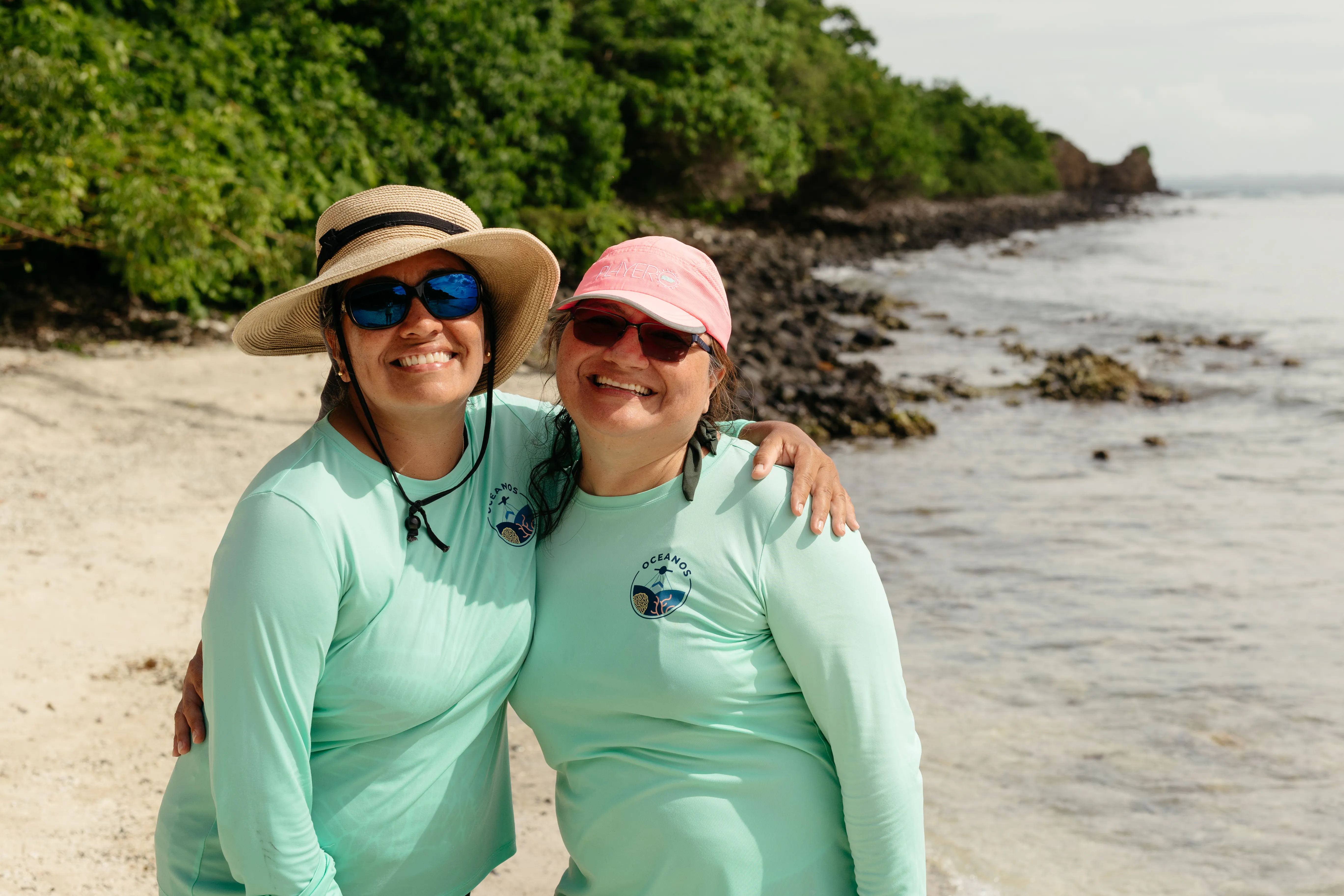
Entrevista con Instructora de OCEANOS María Fernanda Barbarena-Arias - NASA
Mi nombre es María Fernanda Barbarena-Arias. Soy una profesora asociada al Departamento de Ciencia Natural, específicamente Biología, en la UniversidadMilan Loiacono (NASA)

Entrevista con Instructor de OCEANOS Juan Torres-Pérez - NASA
Mi nombre es Juan Torres Pérez. Yo soy un científico de la NASA del Centro de Investigación Ames en California particular la División de Ciencias Terrestres,Milan Loiacono (NASA)
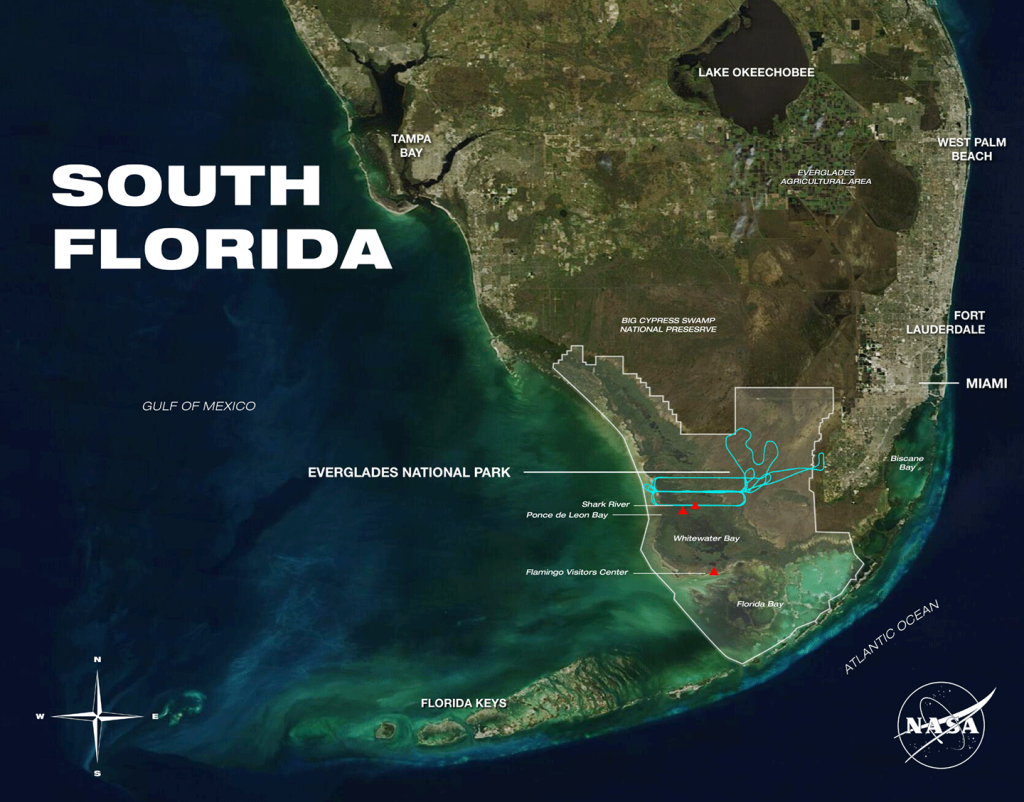
NASA’s BlueFlux Campaign Supports Blue Carbon Management in South Florida - NASA Science
Introduction Along the southernmost rim of the Florida Peninsula, the arching prop roots or “knees” of red mangroves (Rhizophora mangle) line the coast – see Photo 1.science.nasa.gov
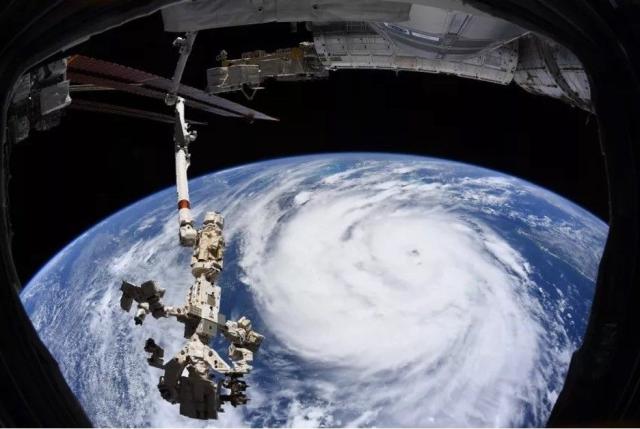
NASA-developed Technology Supports Ocean Wind Speed Measurements from Commercial Satellite - NASA Science
A science antenna developed with support from NASA’s Earth Science Technology Office (ESTO) is now in low-Earth orbit aboard MuSat2, a commercial remote-sensing satellite flown by the aerospace company Muon Space.science.nasa.gov
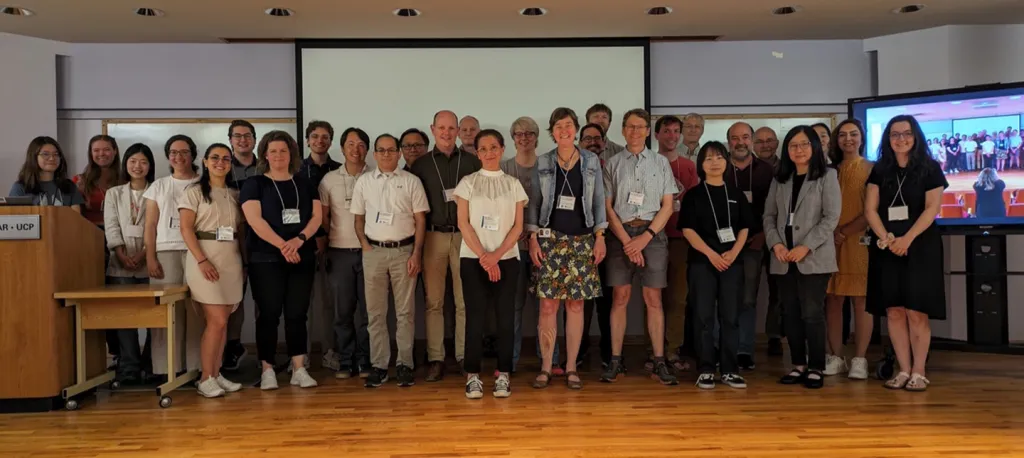
Summary of the Second OMI–TROPOMI Science Team Meeting - NASA Science
Introduction The second joint Ozone Monitoring Instrument (OMI)–TROPOspheric Monitoring Instrument (TROPOMI) Science Team (ST) meeting was held June 3–6, 2024.science.nasa.gov

Interview with OCEANOS PI Juan Torres-Pérez - NASA
My name is Juan Torres-Pérez. I am a research scientist at NASA Ames Research Center in the Earth Sciences division, biospheric sciences branch. I am the PIMilan Loiacono (NASA)
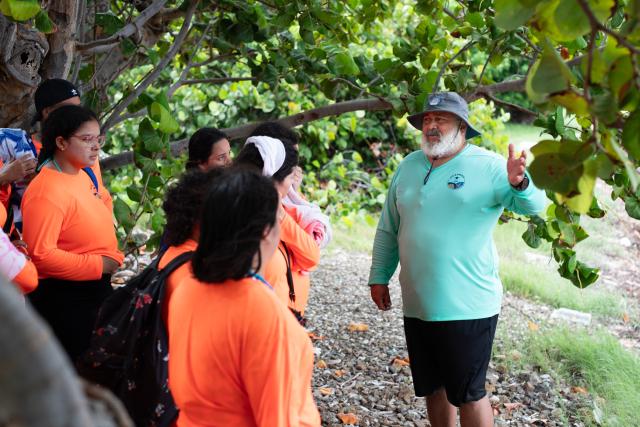
Interview with OCEANOS Instructor Samuel Suleiman - NASA
My name is Samuel Suleiman and I am the Executive Director of Sociedad Ambiente Marino: an NGO in Puerto Rico that has been working for the last 25 years toMilan Loiacono (NASA)
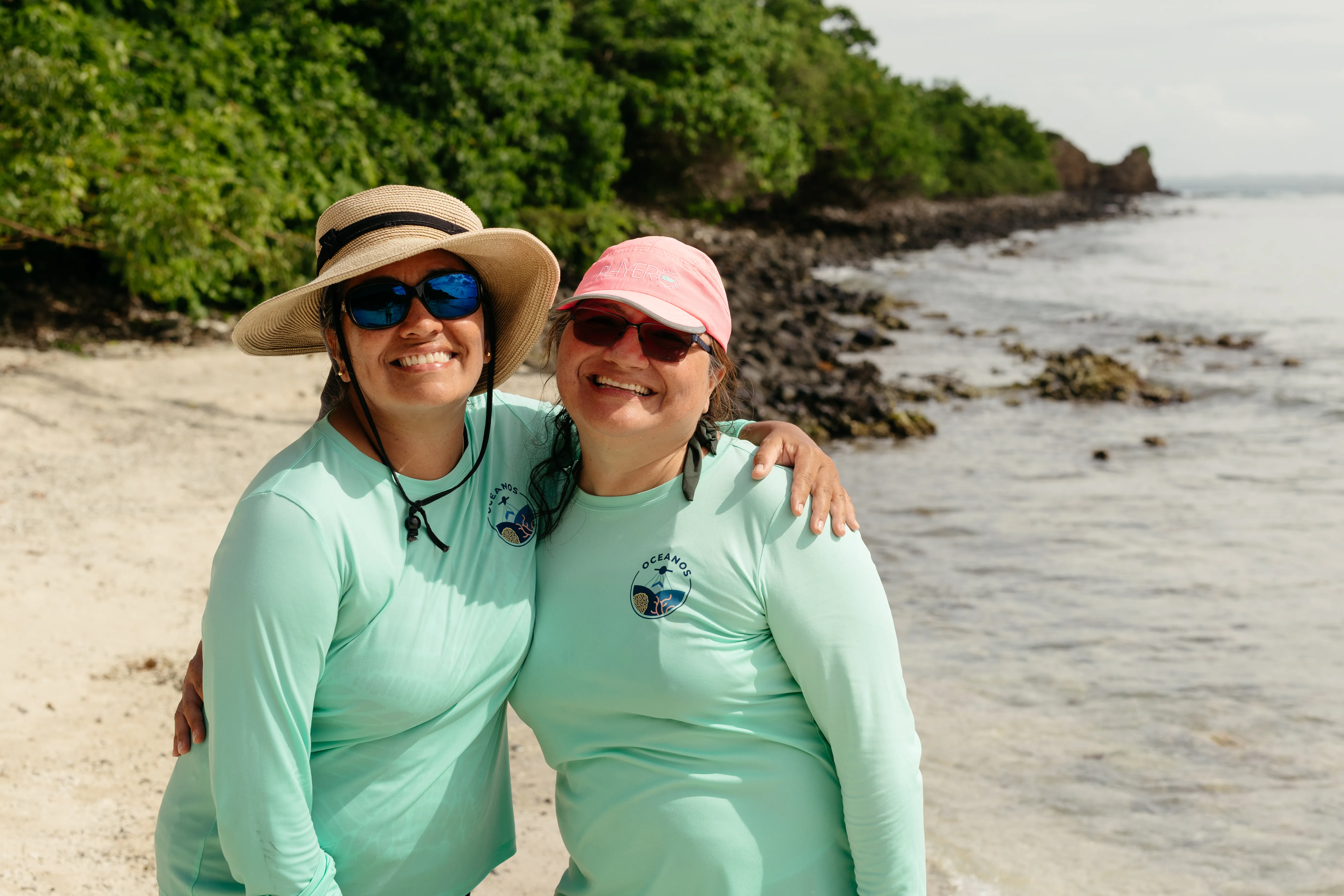
Interview with OCEANOS Instructor María Fernanda Barbarena-Arias - NASA
My name is María Fernanda Barbarena-Arias. I am an associate professor of biology at the American University of Puerto Rico, Metropolitan Campus. I am also aMilan Loiacono (NASA)
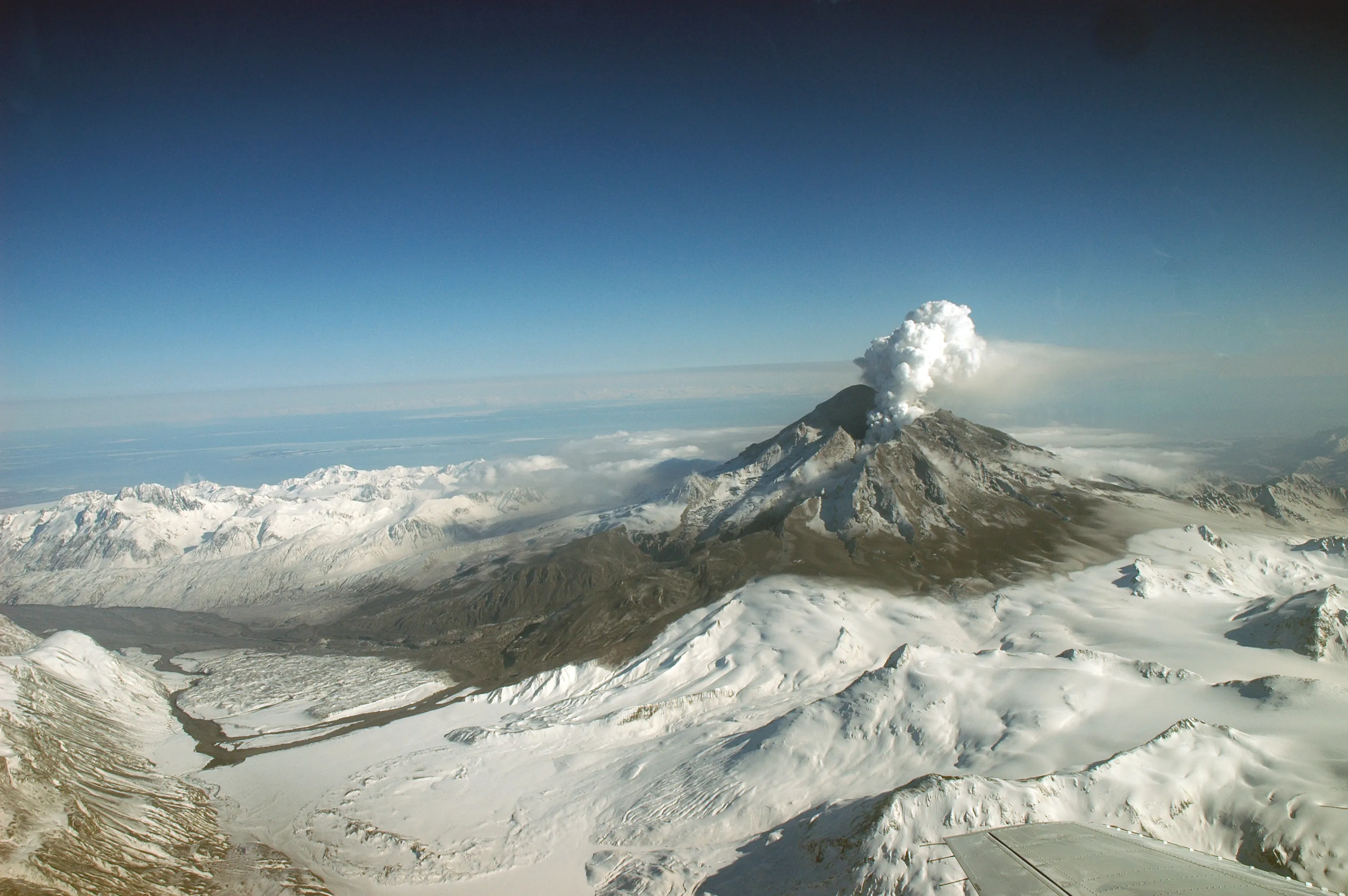
Powerful New US-Indian Satellite Will Track Earth’s Changing Surface - NASA
Data from NISAR will improve our understanding of such phenomena as earthquakes, volcanoes, and landslides, as well as damage to infrastructure.Anthony Greicius (NASA)

